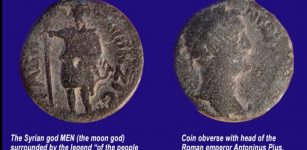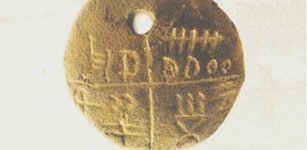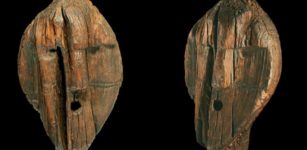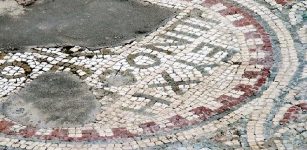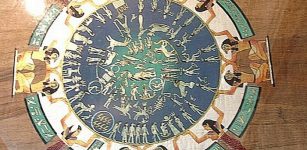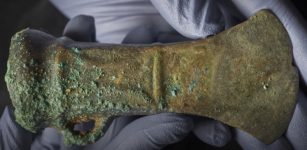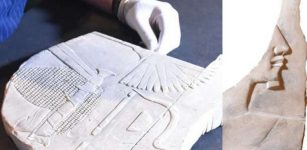Rare 3,000-Year-Old Seal From The Time Of King David Discovered
AncientPages.com - A rare 3,000-year-old seal, from the time of King David in the 10th century BCE, was recently discovered by a 10-year-old Russian volunteer at Jerusalem’s Temple Mount Sifting Project.
Dr. Gabriel Barkay, co-founder and director of the project – which sifts through thousands of tons of illegally removed earth from the contested holy site in 1999 by the Wakf religious trust to build a mosque – said that the finding is unprecedented.
“The seal is the first of its kind to be found in Jerusalem,” said Barkay, a world-renowned archaeologist and Israel Prize laureate, who has led the project for more than 10 years.
“The dating of the seal corresponds to the historical period of the Jebusites and the conquest of Jerusalem by King David, as well as the construction of the Temple and the royal official compound by his son, King Solomon.”
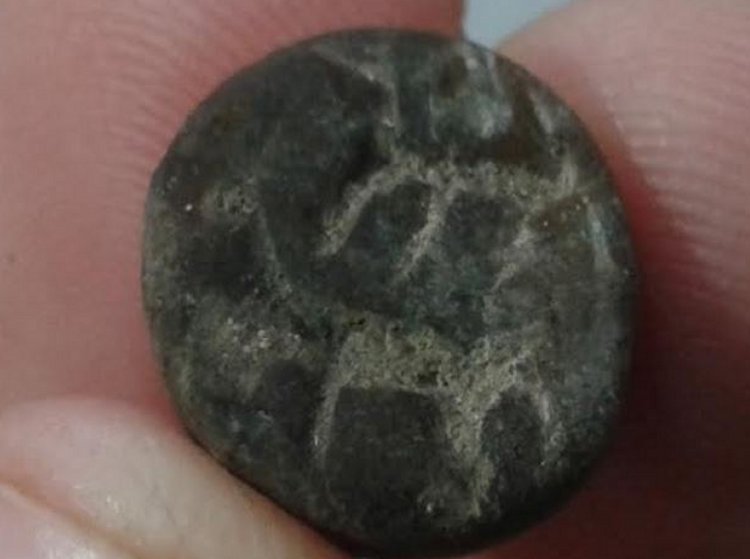
THE RARE stone seal unearthed by the Temple Mount Sifting Project dating to the 10th century BCE. . (photo credit:ZE’EV RADOVAN AND ZACHI DVIRA)
“What makes this discovery particularly significant,” Barkay continued, “is that it originated from upon the Temple Mount itself.”
The seal – discovered by Matvei Tcepliaev, a Russian 10-year-old boy who volunteered at the Temple Mount Sifting Project – was only recently deciphered by archaeologists, he said. According to Barkay, since the project’s inception in 2004, more than 170,000 volunteers from Israel and around the world have taken part in the sifting,' reports The Jerusalem Post.
The historical credibility of the biblical text regarding Jerusalem during the 10th century BCE has been hotly debated by archaeologists since the 1990s.
However, recent finds from other excavations – including the Ophel (south of the Temple Mount,) the City of David and the Temple Mount Sifting Project – indicate that the descriptions found within the biblical text relating to Jerusalem may indeed be authentic.
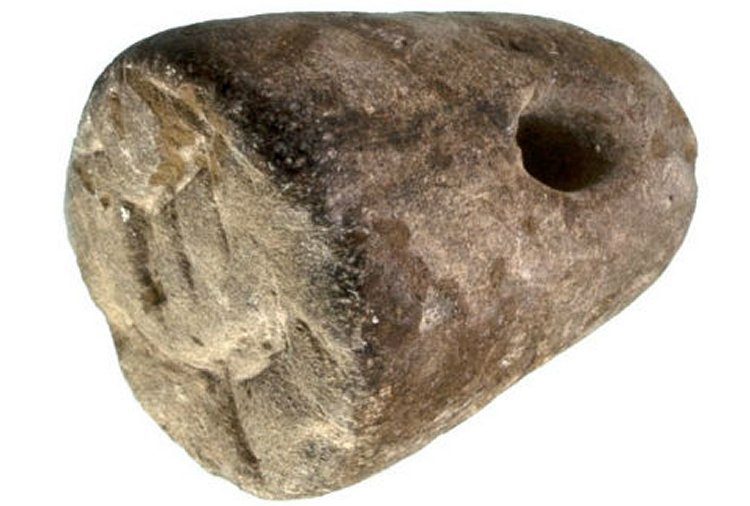
This rare seal, dating back to the time of King David, sheds news light on the era. (Photo: Zachi Dvira/ Temple Mount Sifting Project) via Breaking Israel News
“The discovery of the seal testifies to the administrative activity which took place upon the Temple Mount during those times,” explained Barkay.
“All the parallel seals with similar stylistic designs have been found at sites in Israel – among them Tel Beit Shemesh, Tel Gezer and Tel Rehov – and were dated to the 11th-10th centuries BCE.”
Barkay said the images of two animals, one on top of the other, are inscribed in the base of the seal, possibly representing a predator and its prey. He also noted that the seal is perforated, thus enabling it to be hung from a string.
Apart from the seal, hundreds of pottery sherds dating to the 10th century BCE have been discovered within the Temple Mount’s historic soil, including a rare arrowhead made of bronze and ascribed to the same period, he added.
Roughly 50 percent of the tons of earth removed from the contested holy site have revealed previously unknown insights into the history of the celebrated plateau.
“Since the Temple Mount has never been excavated, the ancient artifacts retrieved in the Sifting Project provide valuable and previously inaccessible information,” said Barkay.
“The many categories of finds are among the largest and most varied ever found in Jerusalem.”
The Temple Mount Sifting Project – which operates under the auspices of Bar-Ilan University, with financial support from the City of David Foundation – was co-founded by archeologist Zachi Dvira, who also serves as director.
According to Dvira, even though the findings were extracted from their archeological context, most of the artifacts can be identified and dated by comparing them with those found at other sites.
“In recent years, using newly developed statistical methodologies and technologies, we have managed to overcome the challenge of having finds with no exact context, since they were not recovered in a proper archeological excavation,” Dvira said.
“The Temple Mount Sifting Project has focused its efforts on the enormous tasks of processing and studying the finds and preparing them for scientific publication.”
Dvira added that more than 500,000 finds are still waiting to be processed and analyzed in the project’s Jerusalem laboratory.
AncientPages.com
source: The Jerusalem Post




